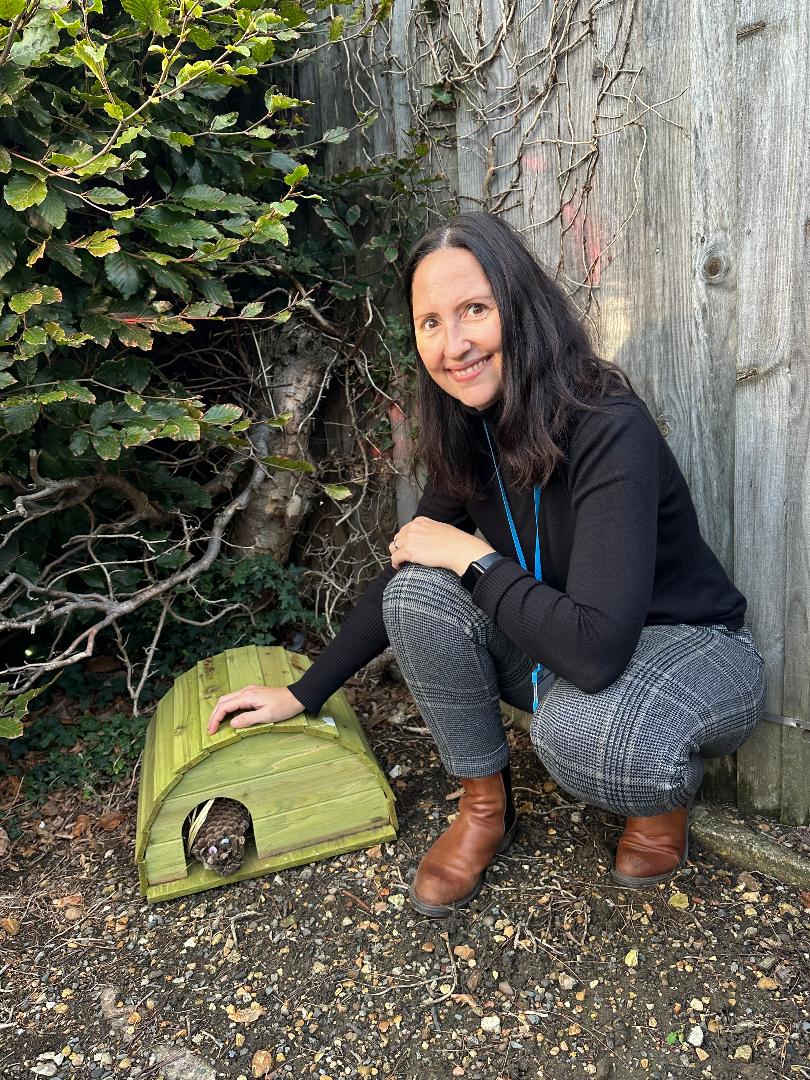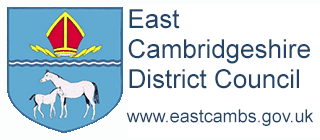Post date:

As sleepy hedgehogs emerge from hibernation this spring, residents are being asked to record their sightings on an interactive map.
The BIG Hedgehog Map (www.BigHedgehogMap.org) enables sightings of hedgehogs from across the UK to be recorded, helping conservationists understand where they’re living and where they most need help.
The BIG Hedgehog Map is run by Hedgehog Street, a nationwide campaign between wildlife charities People’s Trust for Endangered Species (PTES) and The British Hedgehog Preservation Society (BHPS) which empowers members of the public to help hedgehogs.
The BIG Hedgehog Map records sightings from all over the UK, but now includes a section specifically for hedgehogs seen in East Cambridgeshire.
Emma Danielsson, East Cambridgeshire District Council’s Climate Change and Natural Environment Officer, said: “In a public vote, hedgehogs were chosen as the endangered animal residents would most like East Cambridgeshire District Council to support.
“Working with Hedgehog Street, The BIG Hedgehog Map has been adapted so we can specifically record hedgehog numbers in East Cambridgeshire.
“Anyone who spots a hedgehog should go to BigHedgehogMap.org and record their sighting under the East Cambs Hedgehog Hero tab in the regional menu.
“Last year only 56 hedgehogs were recorded on the map in East Cambridgeshire. We hope that with support from residents that number will soon rise.”
Grace Johnson, Hedgehog Officer for Hedgehog Street said: “PTES & BHPS’ State of Britain’s Hedgehogs 2022 report revealed that hedgehog populations have declined by between 30 - 75% across the countryside since 2000, with the largest declines seen in the East of England. This is extremely concerning, and is largely down to lack of suitable habitat and habitat fragmentation. But thankfully there are lots of simple ways everyone can help to turn their fate around.”
If you have a garden, create a 13cm x 13cm square gap in fence (known as a ‘Hedgehog Highway’), or dig a channel underneath to allow hedgehog access to other gardens. You can also put out clean, fresh water in a shallow dish, meaty cat or high-quality hedgehog food, and leave areas of the garden to grow wild to provide space for them to forage, nesting sites and natural food sources.
The council is also taking steps to help hedgehogs thrive as part of new development. It is proposing to put in place planning policies which ask developers to install ‘hedgehog highways’ between new gardens, together with requirements for hedgehog friendly planting such as native hedgerows.
Emma added: “As their name suggests, hedgehogs love hedges, so the more hedges we plant as part of new development the better.”
The policies will be contained in a Hedgehog Recovery Supplementary Planning Document, a draft of which is due at to be considered at the council’s Finance and Assets Committee on 28 March 2024, followed by public consultation in spring. The final policies will be adopted later this year.
More information is available on the hedgehog pages of East Cambridgeshire District Council’s website, and for free advice and ways to help hedgehogs, visit www.hedgehogstreet.org.
Report any sightings at the Big Hedgehog Map (external link)
